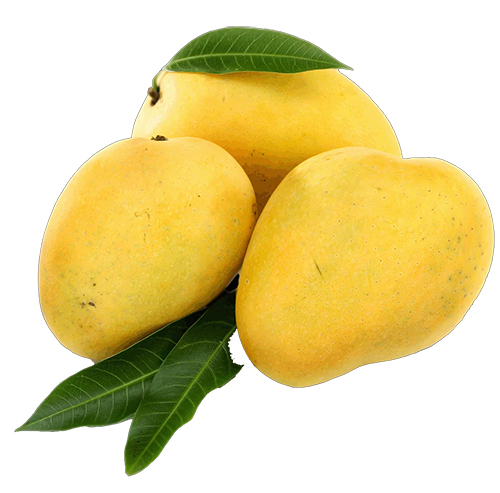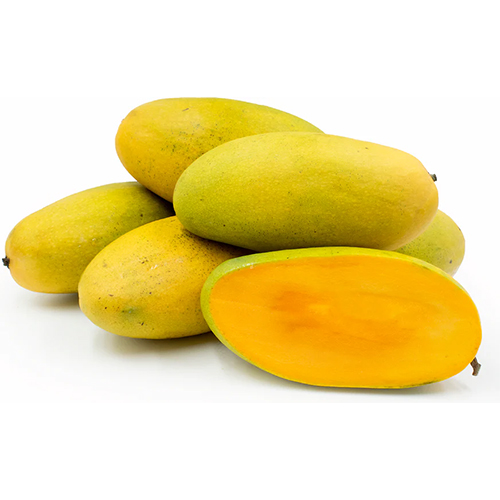kinds of famous Indian Mangoes

kinds of famous Indian Mangoes
The Mangifera Indica in Botany, Aam in Hindi and simply Mango for you and me, the King of fruits has a special place in history and civilization of the Subcontinent. India, being the largest producer of Mangoes in the world, consuming half of its produce itself, is believed to witness the appearance of mangoes in Northeast India about 25 to 30 million years whereas the plantation of this heavenly wonder by Indians dates back to more than 4000 years.
In ancient Indian civilization mangoes were exchanged by Buddhist rulers as gifts and represented faith and prosperity among the followers. This fruit is mentioned as a symbol of love and prosperity in ancient Indian scriptures like Vedas and Puranas and also in legends of Buddhism.
Fast forward to the medieval period, mango cultivation spread across different regions of India. Alauddin Khilji’s grand feast in Sivama Fort, where nothing but mangoes were served in different forms, is the highlight of the ancient love for mangoes.
The legacy of this obsession continued in the Mughal Era and Indian mangoes gained international recognition when the Mughal Emperor Akbar planted 100,000 mangoes in the 16th century in Lakhi Bagh near Darbhanga, which included Kesar, Rataul and Totapuri, thus introducing the earliest example of mango grafting techniques.
The credit of introducing Indian mangoes to the rest of the world rests on the shoulders of The Portuguese, who took it to Africa, Brazil, and the Caribbean. Later, during British rule, mangoes were exported to different parts of the British Empire.
Today, the popularity of Indian mangoes continues to grow, and they form an integral part of Indian cuisine, festivals, and traditions, representing the rich cultural heritage associated with this magnificent fruit.
Mouthwatering Varieties of Mangoes grown across India.
India is one of the largest producers of mangoes in the world, and the mangoes grown here are known for their heavenly taste, smell, and vibrant colors. Blessed with a wide range of cultivars grown across various states, the diverse climate of the country and soil conditions contribute to the 1500 varieties, which the mango lovers are always eager to experience.
Let’s have a look what you can find here!
Alphonso: the King of mangoes
Sweet, creamy and pulpy in texture, Alphonso or Hapus, is one of the best and most expensive varieties of Indian mangoes. Named after Afonso de Albuquerque, a Portuguese Military expert who used the grafting technique for developing different varieties of mangoes, this mango is internationally loved for its magnificent taste and appearance.
It is Golden yellow when ripe with a saffron tinge at top, weighs 200 to 400 grams, harvested from April to June. Mainly found in Maharashtra, Ratnagiri and its neighbouring regions are known to be one of the finest and exclusive spots, widely famous for their Alphonso mangoes.
How to identify:
Appearance: Alphonso mangoes have a small-to-medium size with a smooth, bright orange skin.
Texture: They have a creamy, velvety texture when ripe.
Aroma: Alphonso mangoes have a strong, sweet aroma that is often compared to that of tropical flowers.
Kesar Mangoes:
The name is derived from the golden yellow appearance of this mango as kesar means saffron in Hindi. These mangoes are known as “Gir Kesar” or “Queen of Mangoes” for their heavenly sweet taste and soft creamy textured pulp.
This second most expensive cultivar of mangoes in India is believed to have originated in Junagadh, a city in Gujarat, whereas the produce is also exported to Canada, France, UK, UAE etc. The saffron colored mango is available from May to July for its lovers who look for Summers impatiently to relish the sweetness of Kesar mangoes as well the exotic dishes and drinks made from them.
How to identify:
Appearance: Kesar mangoes are medium-sized fruits with a greenish-yellow skin that develops a reddish blush as they ripen.
Texture: The flesh of Kesar mangoes is firm, smooth, and fiberless.
Aroma: They emit a distinct saffron-like fragrance


Chausa Mangoes:
The named derived from Chausa, a place in Bihar, where Sher Shah Suri celebrated his victory over Humayun, thus introducing this cultivar in Subcontinent in 1500. Chausa is one of the most popular variety of mangoes grown in India while Pakistani Chausa is equally famous. Both the countries produce and supply best and premium quality chausa to the world at large. Chausa, famous for its extremely sweet taste and soft pulp, is greenish yellow in color and liked to be sucked by its lovers when available from June to August. The little family includes White Chausa, Honey Chausa and Sweet Chausa. Hardoi in Uttar Pardesh is known for its Chausa plantation
How to identify:
Appearance: Chaunsa mangoes are medium-to-large-sized fruits with a pale yellow skin.
Texture: They have a soft, fiberless flesh that melts in the mouth.
Taste: Chaunsa mangoes are incredibly sweet with a rich, tropical flavor.
Dasheri Mangoes:
Belonging to the land of Nawabs, Lucknow district of Uttar Pardesh, they are also found in Malihabad in Uttar Pardesh. This mango is loved for its fibreless texture, long oval shape, and aromatic and sweet taste. Found from mid-May till late August, their distinguishing feature is their green peel which becomes golden yellow when ripe.
How to identify:
Appearance: Dasheri mangoes are medium-sized fruits with a pale yellow skin that may have hints of green.
Texture: They have a soft and juicy flesh with minimal fiber.
Taste: Dasheri mangoes are sweet and aromatic with a unique flavor profile.


Langra Mangoes:
As the name suggests, this cultivar is named after a saint who planted this variety in his home ground. The saint was lame which is called langra in Hindi thus giving the name to this cultivar. Langra, also known as banarsi langra originates form Banaras or Varanasi region, is extremely aromatic and sweet just like Chaunsa, remains green even when ripe or may turn yellowish brown and is available in the months of June and July.
How to identify:
Appearance: Langra mangoes have a small-to-medium size and a greenish-yellow skin with a slight blush.
Texture: They have a firm, fiberless flesh.
Taste: Langra mangoes offer a sweet and tangy taste that is both refreshing and flavorful.
Badami Mangoes:
Badami mangoes are also known as Alphonso of Karnataka for their similarity in taste and texture with Alphonso. Widely produced and eaten in Karnataka they are also cultivated in Gujrat and Maharashtra states of India. The Badami mangoes differ from Alphonso in size and color which is lighter yellow and turns golden yellow when ripe. The sweet and succulent cultivar is available from April to July
How to identify:
Appearance: The fruit has pale yellow, thin skin through which it is easy to detect the softness of the flesh.
Texture: They have a firm, fiberless flesh.
Taste: The Badami Mango is deliciously sweet and juicy and exquisite in taste.

